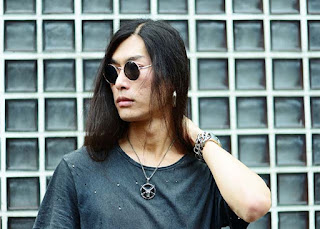Can Cold or Heat Boost Testosterone Levels?

With ground-hog day approaching, and a longing for spring, seems apt to throw some light on how temperature affects testosterone levels right? Cold Showers Boost Testosterone? A cold shower might invigorate, improve blood circulation, give a glowing skin but it does not boost testosterone levels. If it is a hot day or you had a vigorous workout, a cold shower will soothe sore muscles, cool down body temperature, including the testicles which is good for sperm quality. The testicles always are at a slightly lower temperature than the body. In fact scrotal descent, and the way arteries that supply blood to the scrotum are right next to the veins taking blood away from the scrotum is a mechanism to regulate temperature. This evolutionary adaptation along with the thin scrotal skin, has led to scrotal temperature in humans 2.5 to 3 degrees Celsius lower than body temperature. Sperm generation works well at 34 degrees Celsius. Taking a cold shower before bed will improve sleep quality which...





